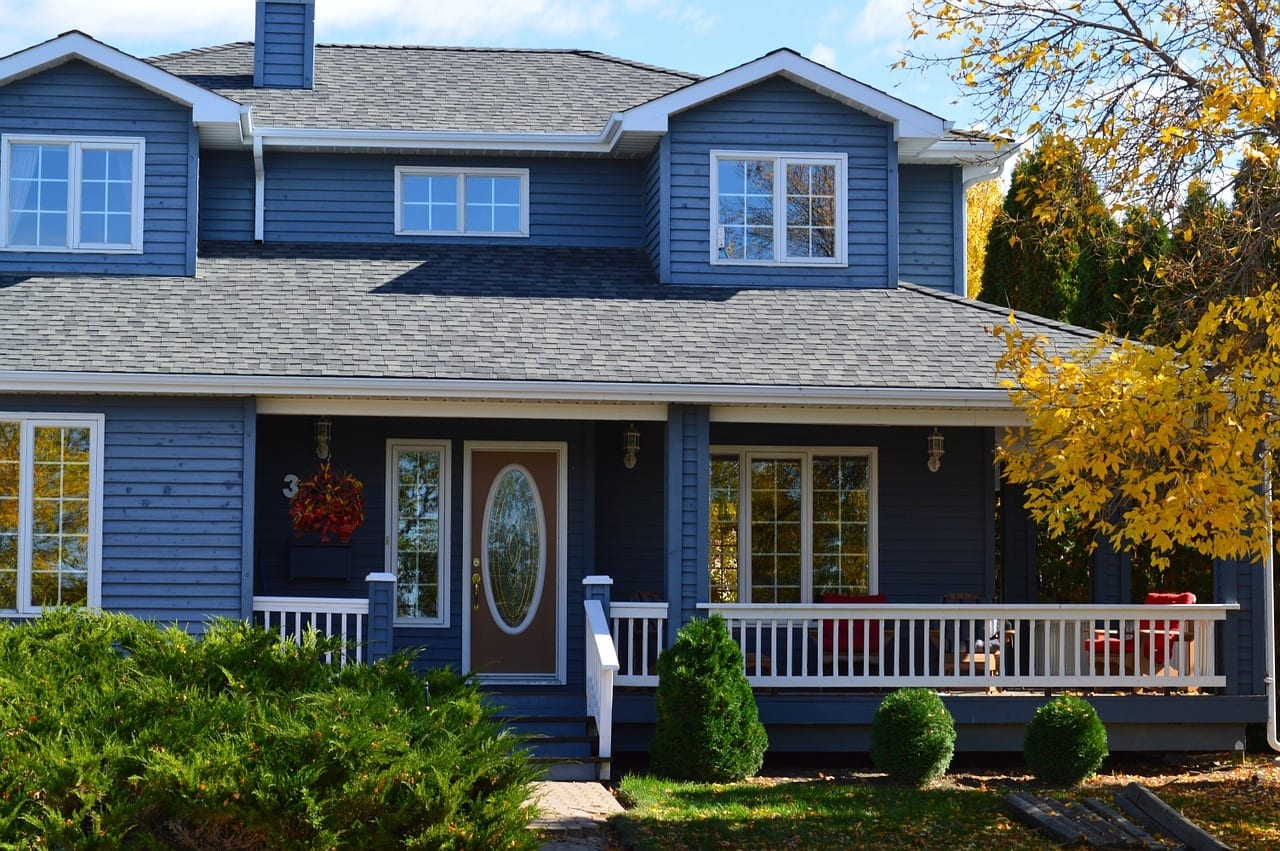Home prices in Canada are set to keep falling in 2019 with sales more or less flat
Rising interest rates are limiting access to mortgage financing are negatively impacting home buyer sentiment in Canada going into 2019, according to the latest forecast from estate agents.
At the same time, growth in home prices has slowed sharply in some regions, even falling in parts of the country where the supply of homes available for purchase is elevated relative to sales.
The outlook report from the Canadian Real Estate Association forecast that nationally prices are likely to see a double digit fall by the end of 2018, falling to the lowest level in five years despite supportive population and job growth.
In 2019, home sales activity and prices are expected to be held in check by recent policy changes from different levels of government, in addition to additional interest rate increases.
The national forecast has been revised lower since CREA’s September forecast as an anticipated rebound in sales in British Columbia has so far failed to materialise, the recovery in Ontario sales this summer has now run its course and sales activity in Alberta has edged lower.
These developments were partially offset by stronger than expected sales activity in Quebec. National sales are now projected to decline by 11.2% to 458,200 units in 2018.
British Columbia and Ontario will account for the lion’s share of the national sales decline in 2018. Alberta, Saskatchewan, Manitoba and Newfoundland and Labrador will also fall to multi-year lows. By contrast, activity remains historically strong in Quebec and in the Maritimes, particularly in New Brunswick.
The national average price is projected to ease to $488,600 this year, down 4.2% from 2017 and the report says that the decline in the national average home price in 2018 has been mostly compositional, reflecting fewer sales in British Columbia and Ontario, Canada’s two most expensive provinces by a substantial margin.
More than half of all provinces including British Columbia are projected to post average price gains in 2018. However, the average price decline forecast for Ontario is a fall of 2.6%, which largely reflects fewer higher priced home sales in Toronto, particularly during the spring market, which normally sees a seasonal jump in the average price but failed to materialise this year.
By contrast, the seasonal jump in Toronto’s average prices during the spring of 2017 was unusually strong, which contributed to the annual decline in Ontario’s average home price this year.
Meanwhile, home prices in Eastern Ontario, Quebec, New Brunswick, Nova Scotia and Prince Edward Island are expected to continue rising with market balance steadily becoming firmer in recent years.
National sales are forecast to remain little changed in 2019, seeing a fall of 0.5%, as rising interest rates combined with the mortgage stress test offsets continuing population, job and income growth. Further activity declines in British Columbia and Alberta are expected to offset a small rebound in Ontario sales and continuing gains in Quebec.
The national average price is forecast to rebound by 1.7% to $496,800 in 2019, reflecting average price growth ahead of consumer price inflation in Ontario, Quebec, New Brunswick and Nova Scotia along with a rebound in Ontario sales activity as a share of overall national sales. More modest gains are forecast for British Columbia, Manitoba and Prince Edward Island. By contrast, prices are forecast to continue to fall in 2019 in Alberta, Saskatchewan and Newfoundland and Labrador.






